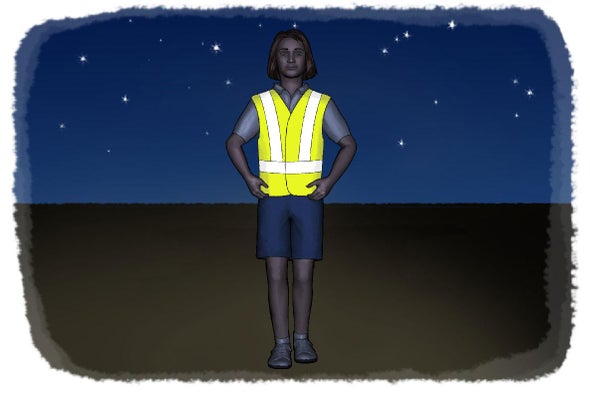 |
| February 10, 2023 |
 |
| |
| |
| |
| |
| |
| Psychology The Psychological Benefits of Commuting Commuting creates a liminal space that allows people to transition between home and work, which remote work doesn't provide | | By Matthew Piszczek,Kristie McAlpine,The Conversation US | | | |
| |
| |
| Artificial Intelligence Coming Soon to Your Podcast Feed: Science, Quickly A new era in Scientific American audio history is about to drop starting next week—get ready for a science variety show guaranteed to quench your curiosity in under 10 minutes. |  | By Jeffery DelViscio,Tulika Bose | 04:10 | | | |
| |
| |
| |
FROM THE STORE
 | | | |
BRING SCIENCE HOME
 | | Be Seen in the Dark |  Bright at night? You know what colors are easy to see during the day--but what about at night? Test out different hues and materials and see what would make you most visible! Credit: George Retseck | Being outside in the evening can be relaxing as well as exciting and fun, but it can also be dangerous—especially if you are around roads. At dawn, dusk and during the night, it is difficult for drivers to see pedestrians. But do you think the types of clothes worn could make a difference in how visible pedestrians are to drivers? You probably know that camouflage makes you blend into the background. So, would wearing regular, noncamouflage materials be enough to make you more visible at night? Or would you choose to wear bright colors, fluorescent colors—or clothes with retro-reflective strips? This science activity will help you find out! | |  | |
LATEST ISSUES
 |
| |
| Questions? Comments?  | |
| Download the Scientific American App |
| |
| |




